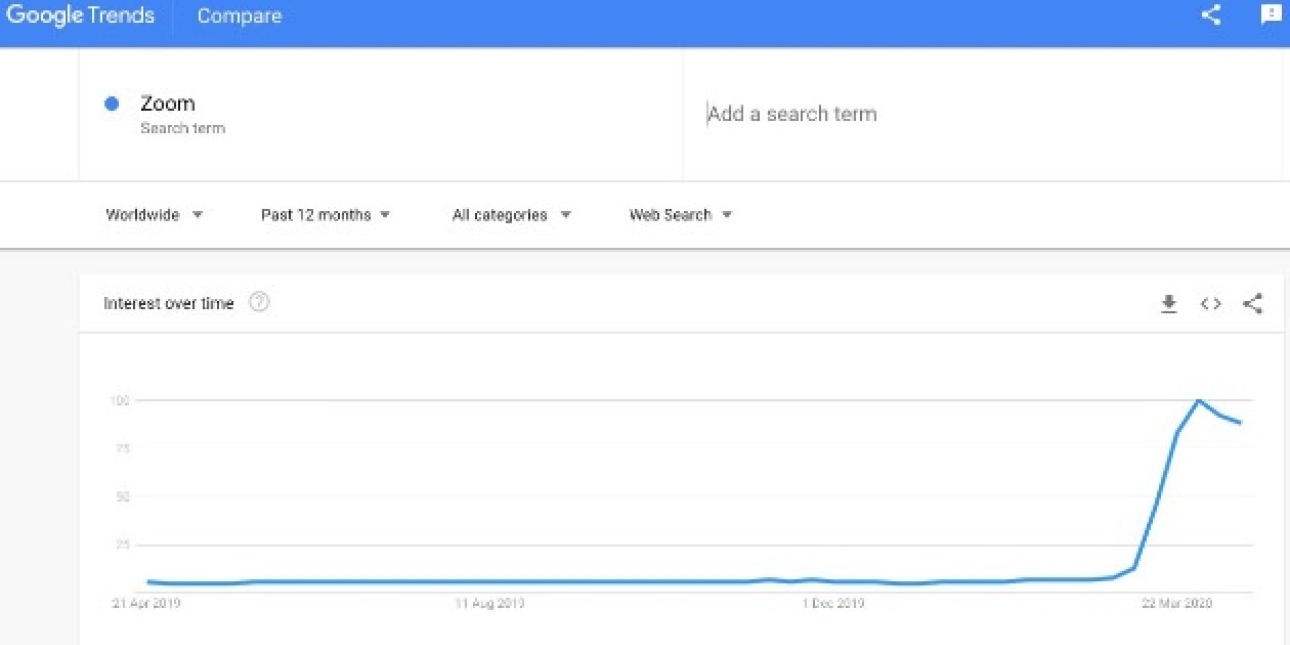PUBLIC RELATIONS
Tuesday 28th April 2020
Mastering new channels of collaboration and communication
The communications industry/sector has been set up for remote working for quite some time. But for many PR and comms agencies, the initial excitement of Zoom virtual backgrounds and Friday team drinks is morphing into, “this might be our working reality for the foreseeable future”.
These are tough, tough times. But agencies still need to get the job done. And that means getting serious about the technology they use to communicate both internally and externally.
Agency leaders are making difficult choices. But they can also see the operational efficiencies of remote working. Mastery of remote technologies can stem PR productivity leaks and improve client counsel, transparency and co-creation.
Now is a good time to consider how to adapt agency business models and develop new revenue streams by mastering these new channels of collaboration and communication.
New technologies – new challenges
Look at the searches for ‘Zoom’ on Google from March 1st. Like Google, the technology has become a verb.

Messaging and workflow collaboration technology use has also gone through the roof.
Microsoft reported that monthly active users’ (MAUs) of its Teams product had spiked by 12 million in one week.
Kantar research highlighted that usage of WhatsApp increased by 40% during the pandemic.
The growth of messaging platforms is faster than social media technologies.
Messaging in all its forms, whether in workflow collaboration tools like MS Teams, project management tools like Jira or enterprise messaging platforms like Guild or Symphony are rarely integrated into wider business strategies.
Many PR professionals are simply unaware of the privacy issues of using consumer messaging apps such as WhatsApp. Or have chosen to stick their heads in the sand and ignore the risks for their agencies and their clients.
A February 2020 study found that 41% UK workers use WhatsApp for professional purposes, despite WhatsApp prohibiting non-personal use in its legal terms.
Without guidelines in place messaging platforms are being used across agencies and the businesses that they represent that may not comply with privacy and data regulations such as GDPR.
An opportunity for the future
Defining and providing counsel around effective communications in the messaging era is an opportunity for the communications industry. Whether for internal, external or ‘eternal comms’. As someone said to me last week – “we can’t drop the ball like we did with SEO, influencer marketing and social media.”
Communications professionals have a unique opportunity to integrate messaging into business communications and make it the norm.
By utilising a messaging framework businesses can build a messaging strategy, determine technologies, guidance and policies from the very ground up.
A messaging strategy that empowers employees to use technology to communicate more effectively rather than plug the gap with ‘Shadow IT’. Messaging platforms that enable effective consumer communications at scale, such as the government’s WhatsApp chatbot providing official advice about Covid19 Messaging platforms that ensure complete privacy, compliance and governance within business or politics such as Guild’s GDPR compliant WhatsApp alternative.
When making choices around their framework, convenience and speed is critical in communications, but compliance and privacy shouldn’t be compromised.
Coming out the other side
We are in the middle of one of the greatest societal shifts of all time, a fundamental change to the way we work and the technologies that we use to communicate. Smart communicators must ensure they act now to be on the right side of working practices, opportunities and regulations when it is all over.
Photo by BENCE BOROS on Unsplash
